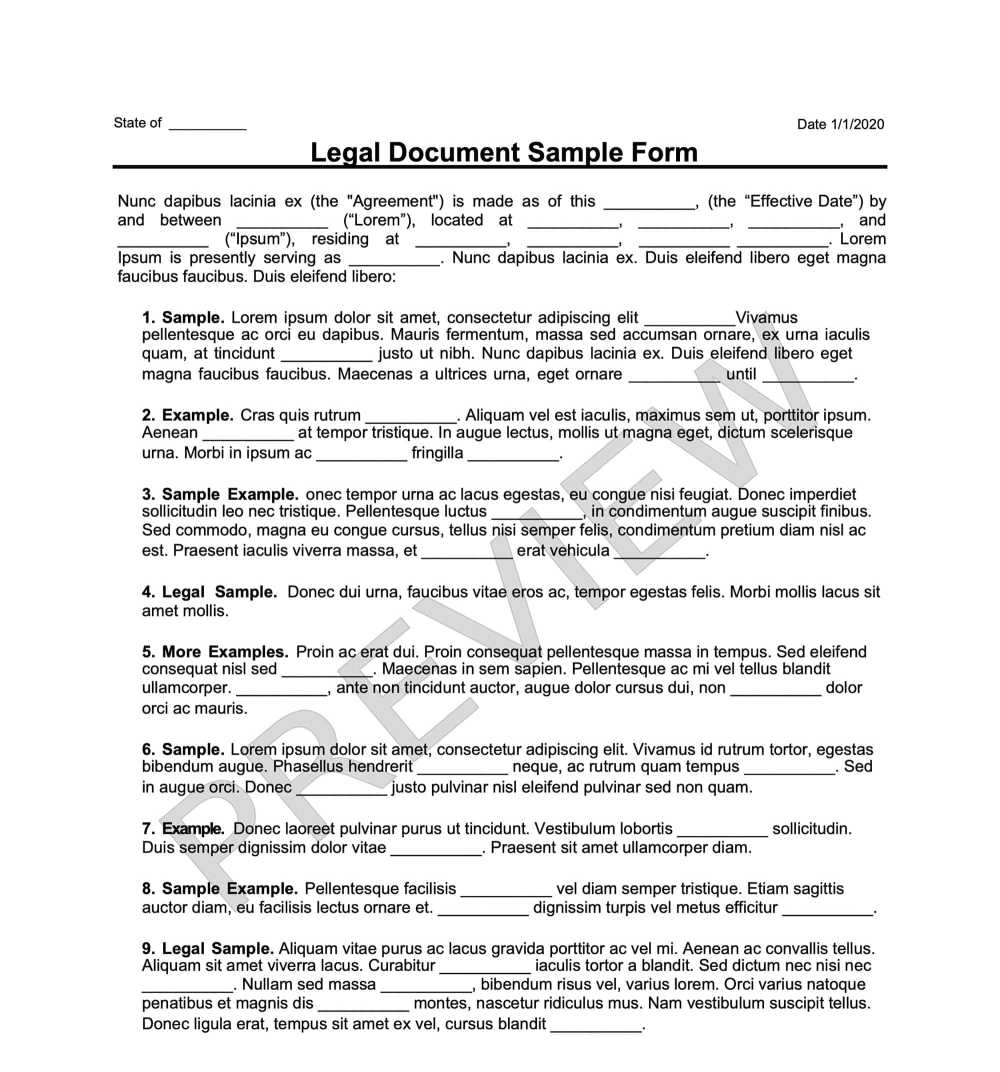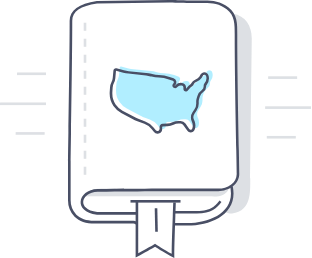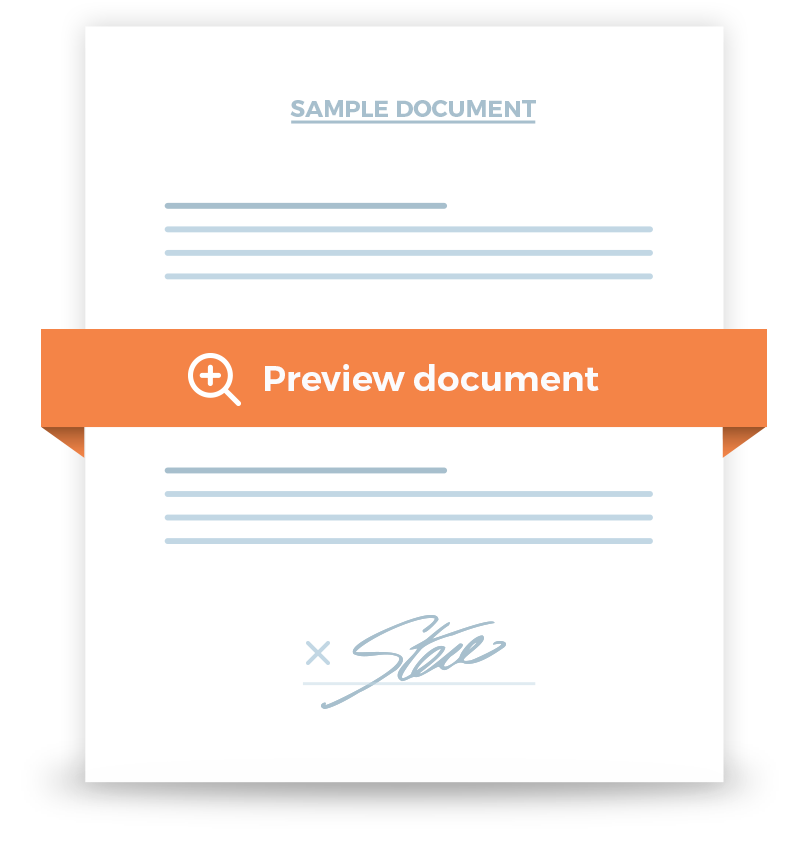Indemnity Agreement
An Indemnity Agreement is used to ensure one party is absolved of fault or protected against liability claims.


Frequently Asked Questions
Indemnity Agreements are categorized according to the extent. The broad indemnity is the most extensive where the indemnifier assumes absolute risk and responsibility. The intermediate indemnity, also the most common, absolves the indemnifier of liabilities in the event that the indemnitee is solely to blame. Finally, the limited indemnity is the least secure for the indemnitee.
Technically, yes. But the best practice is to ask someone who has no interest in the arrangement, perhaps even someone who only has a passing knowledge of the nature of the agreement. The person only has to confirm that both parties are entering into the agreement willingly without duress or deception.
First, the Indemnity Agreement as to be drafted in accordance with state and county laws. An Indemnity Agreement is considered valid if entered into willingly and free of duress or coercion. The only exception is if the indemnitee was negligent to a fault, as an Indemnity Agreement could still be declared invalid.
Indemnity Agreements are applicable in one’s personal life too, besides the more common business or transactional application. Before you allow someone to stay at your home, for example, you can use such an agreement to protect yourself against liabilities, such as if your guest or your guest’s guest is to sustain an injury in your home.
In most cases, it is unnecessary to involve an attorney. However, there are instances where the expertise of an attorney might come in handy, such as if the liability is of a consequential nature.




